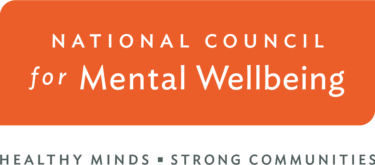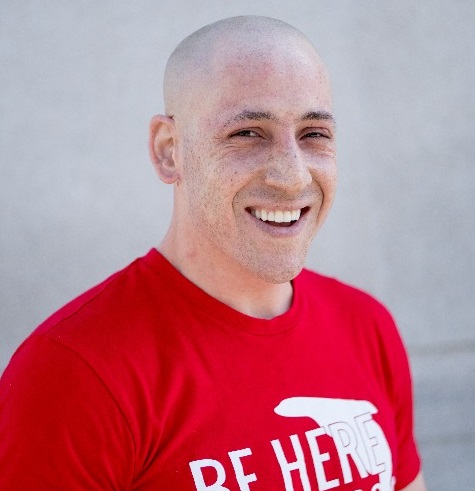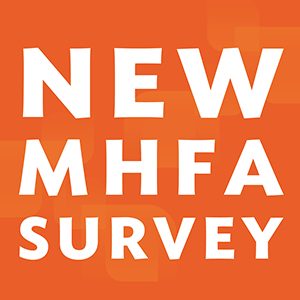Editor’s Note: This blog post addresses the topics of suicide and suicide prevention. If you or someone you know may be considering suicide, contact the 988 Suicide & Crisis Lifeline by calling (or texting) 988, or chat with a trained professional by visiting 988Lifeline.org.
It’s National Suicide Prevention Month, a time to support suicide prevention and inspire hope through storytelling. We invited Kevin Hines — a mental health and suicide prevention advocate — to help us do that by sharing his lived experience during a special event on Wednesday, Sept. 11.
In 2000, two years after he was diagnosed with bipolar disorder, Hines jumped off the Golden Gate Bridge. The fall broke his body, but not his spirit. “My brain caught up with me when I was 17, and I had a complete mental breakdown,” said Hines. “That led me to try to take my life. But from that leap came hope, and I found a resilience inside of me that has never diminished.”
In the 24 years since, Hines has traveled the world sharing his story and teaching the art of living mentally well. The bestselling author and filmmaker now serves as a bridge between people who’ve made similar attempts and their loved ones, helping them work through their pain.
Hines sat down with us for an episode of Wellbeing Wednesdays, our virtual learning series. Alongside National Council for Mental Wellbeing President and CEO Chuck Ingoglia, Hines discussed his recovery journey and the importance of asking for help. Here are some of the biggest takeaways:
- On being resilient: “If you take the times that you struggle and turn them into your most powerful moments of purpose, then you are no sufferer and you are no victim. You are thriving despite your pain.”
- On staying informed: “Education is so important. We cannot defeat a disease or diagnosis if we don’t educate ourselves on the tools, tricks, tips and techniques to stabilize from that struggle. If we don’t learn about these topics, how can we overcome them?”
- On providing hope: “We know reduction of access to lethal means saves lives from suicide. If you give people hope in spite of their pain ― if you give them time to think about their choices and you give them other options besides suicide — then they will fight to live.”
- On seeking help: “Don’t silence your pain. Your pain is worthy, your pain is valid, your pain is important and your pain matters because you do. Release that pain by telling someone you love what you’re going through — you don’t have to go it alone.”
To learn more about suicide prevention and how you can make a mark in your community, visit our resource directory. You’ll find tools and information to help you help others!




